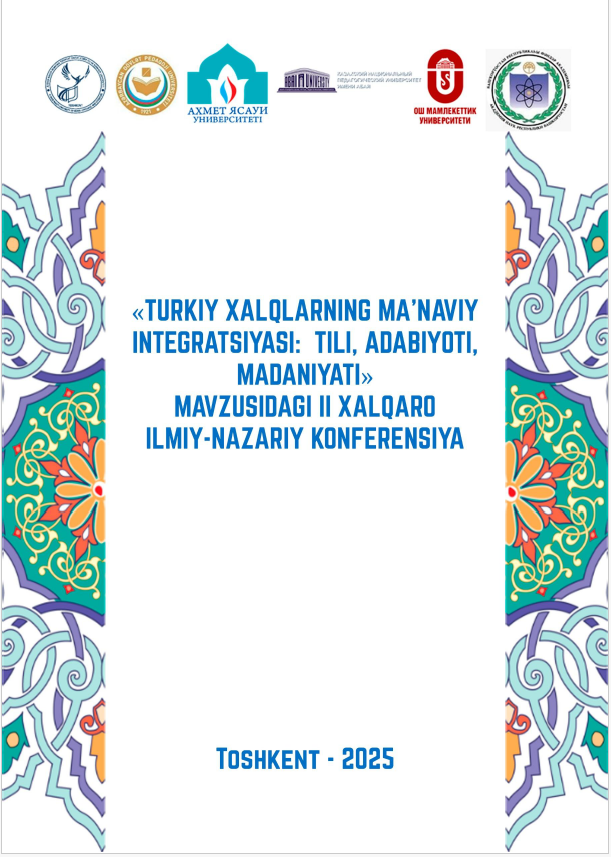ANALYSIS OF THE WORK "THE HILL" BY RASHAD NURİ GUNTEKI
Keywords:
Reshad Nuri Guntekin, the novel “Çalıkuşu”, Turkish literature, love, education, teacherRemove Reshad Nuri Guntekin, the novel “Çalıkuşu”, Turkish literature, love, education, teacher, teacher trainingAbstract
Reshad Nuri Guntekin, one of the famous figures of the modern Turkish realist era, was born in 1889 in Istanbul to a military doctor's family. Reshad Nuri Guntekin, who began his career and developed his deep interest in literature, wrote many novels, stories and plays. In his works, he noted the human-environment relationship that speaks of the life of the Anatolian people and social problems. Reshad Nuri Guntekin's novel “Çalıkuşu” is one of the most beloved classic works of Turkish literature. The novel tells the story of Farida, the daughter of a family rooted in Istanbul, who, after being betrayed by her fiancé, devotes herself to the teaching profession and does not travel from city to city in Anatolia. The novel touches on many topics such as love, jealousy, women's rights and the struggle of bureaucracy. The background of Farida's adventure is reflected in the description of the last years of the Ottoman Empire. In addition to describing an emotional event, the work also reveals the social problems of the period in a controlled manner. In his work “Çalıkuşu”, Reshad Nuri expressed the educational problems of the time they lived in a literary way. This knowledge of education stems directly from his being a teacher himself. Thus, the image of Farida, who was not happy with love, is redirected to her life path towards teaching. Therefore, according to the course of the work, the readers' attention is more attracted to educational topics. After a certain point, they begin to be interested in the situation of Anatolia and the problems of teachers, in addition to the harm caused by Farida and Kamuran. The reason why the work “Çalıkuşu” attracts so much attention is that the problems that continue in the novel maintain their relevance today and the issues that are still developing in the Turkish education system and for which no solution has been found are brought to light here.

